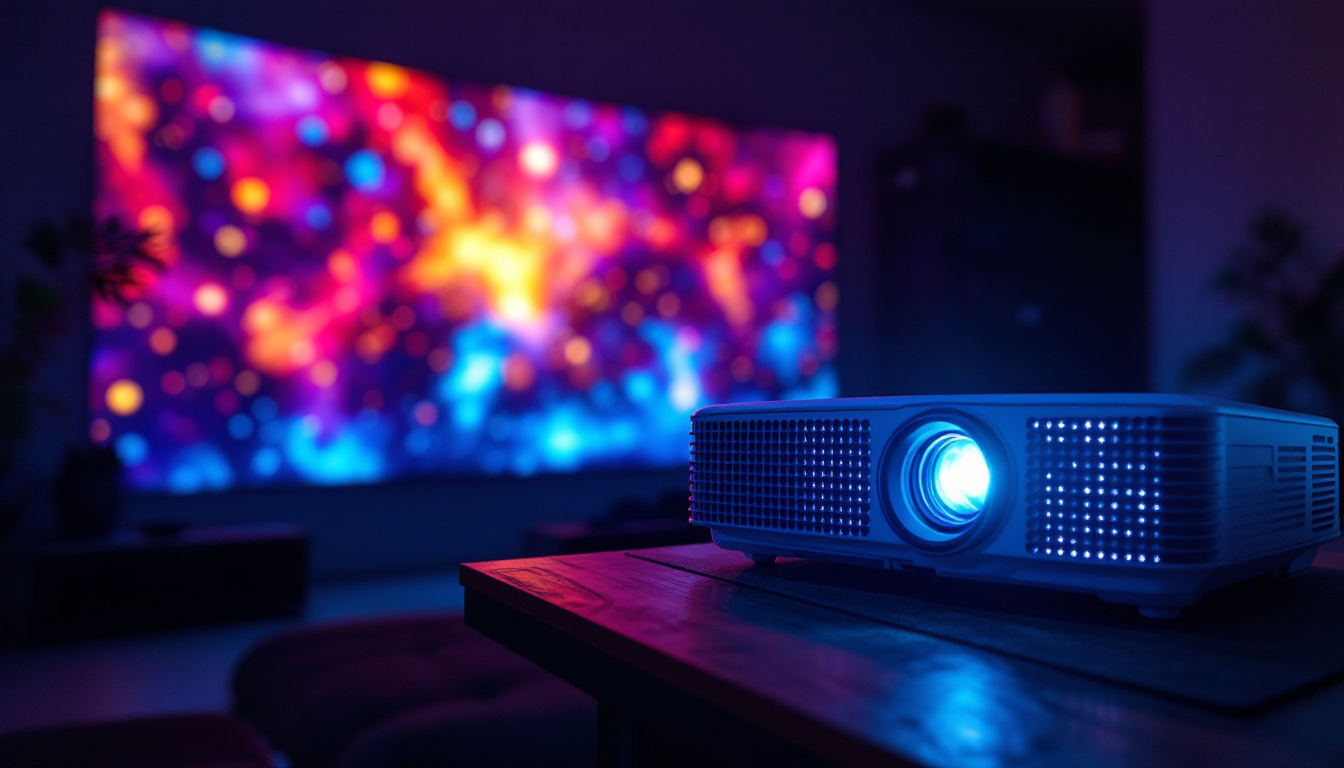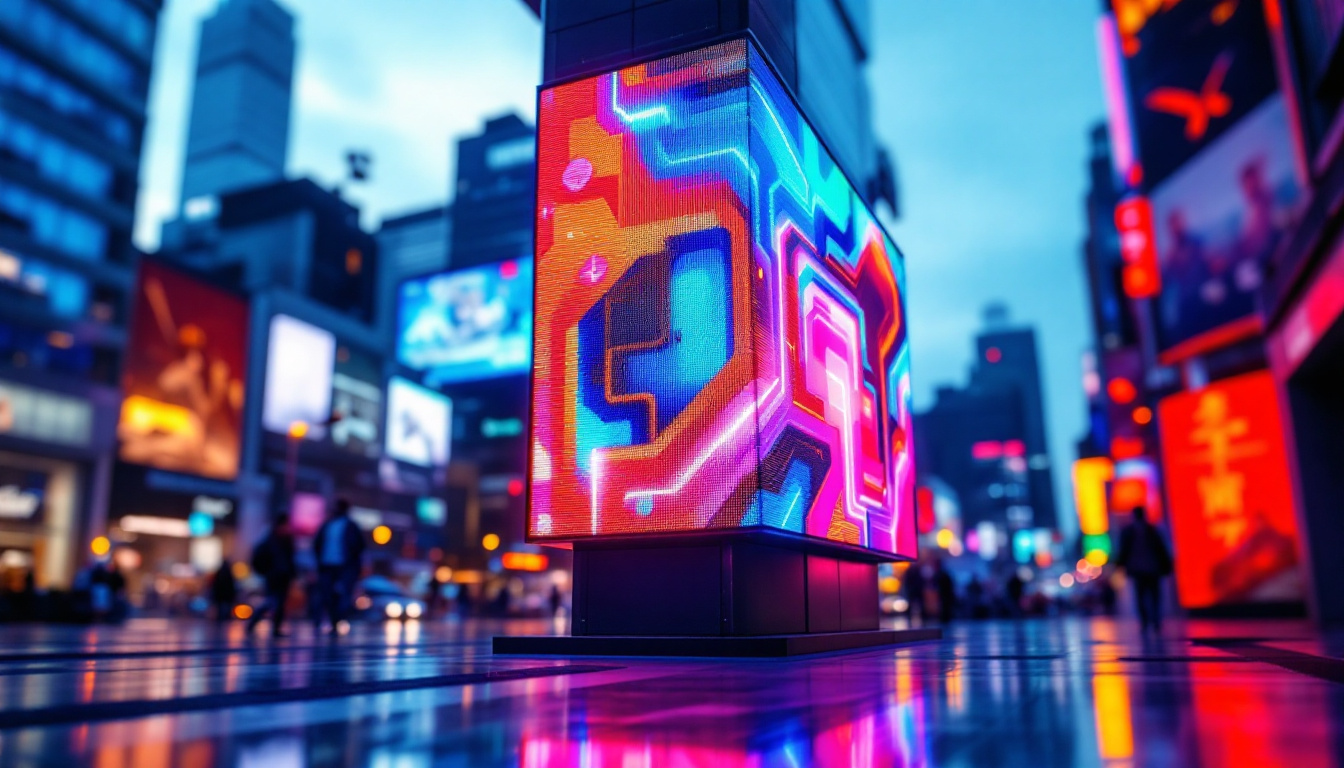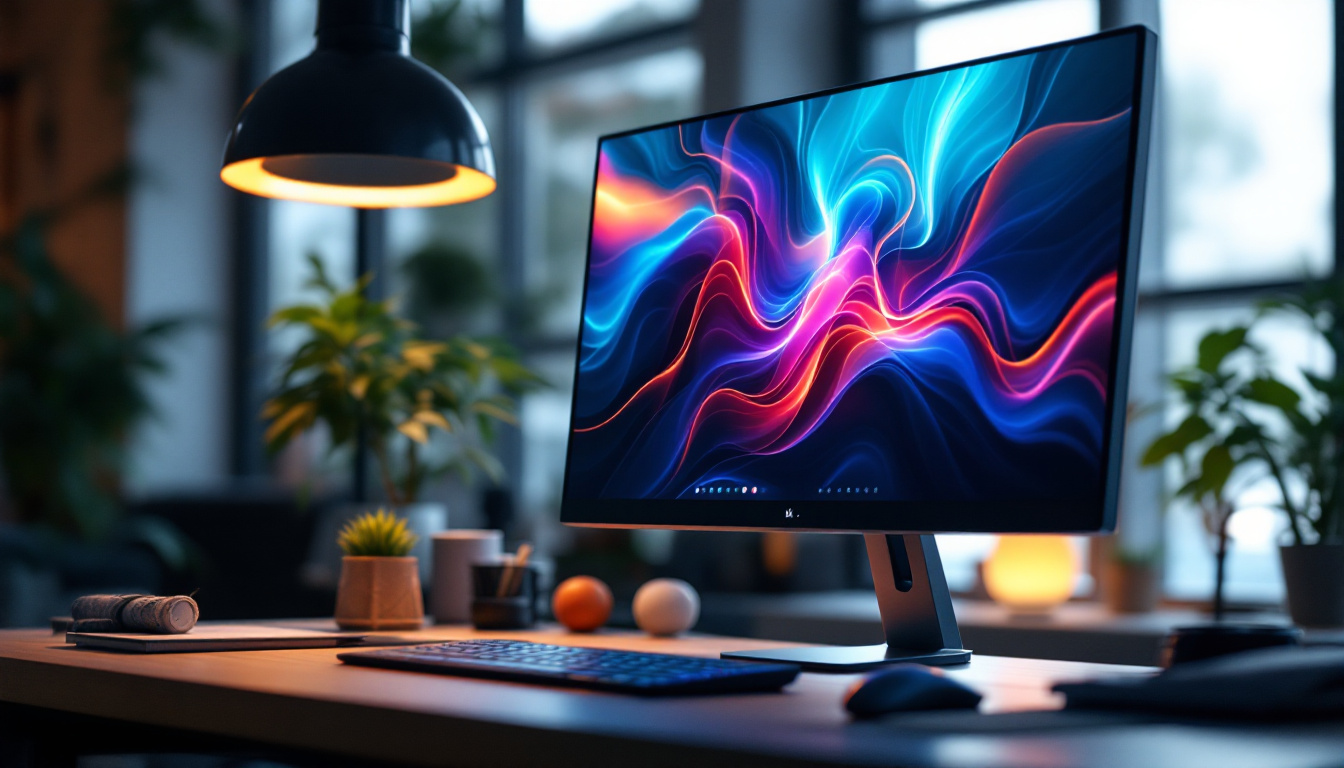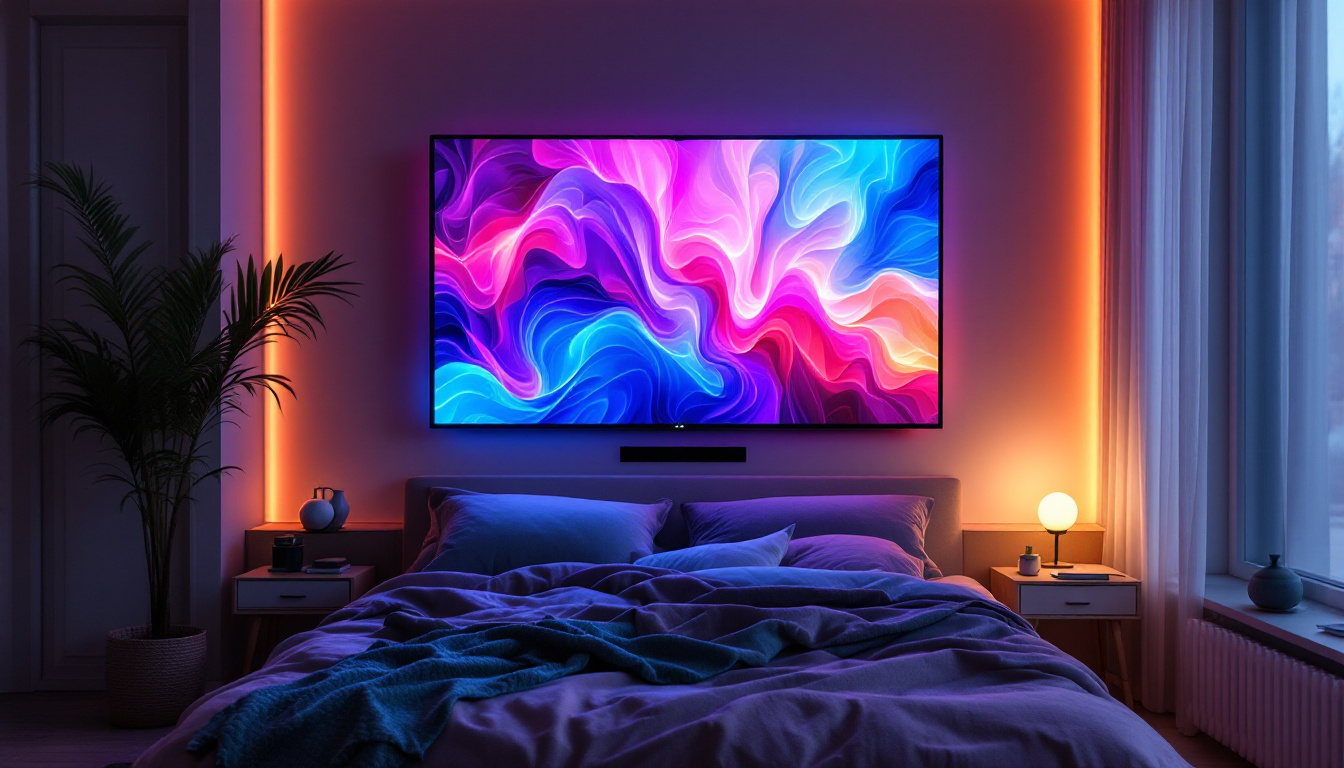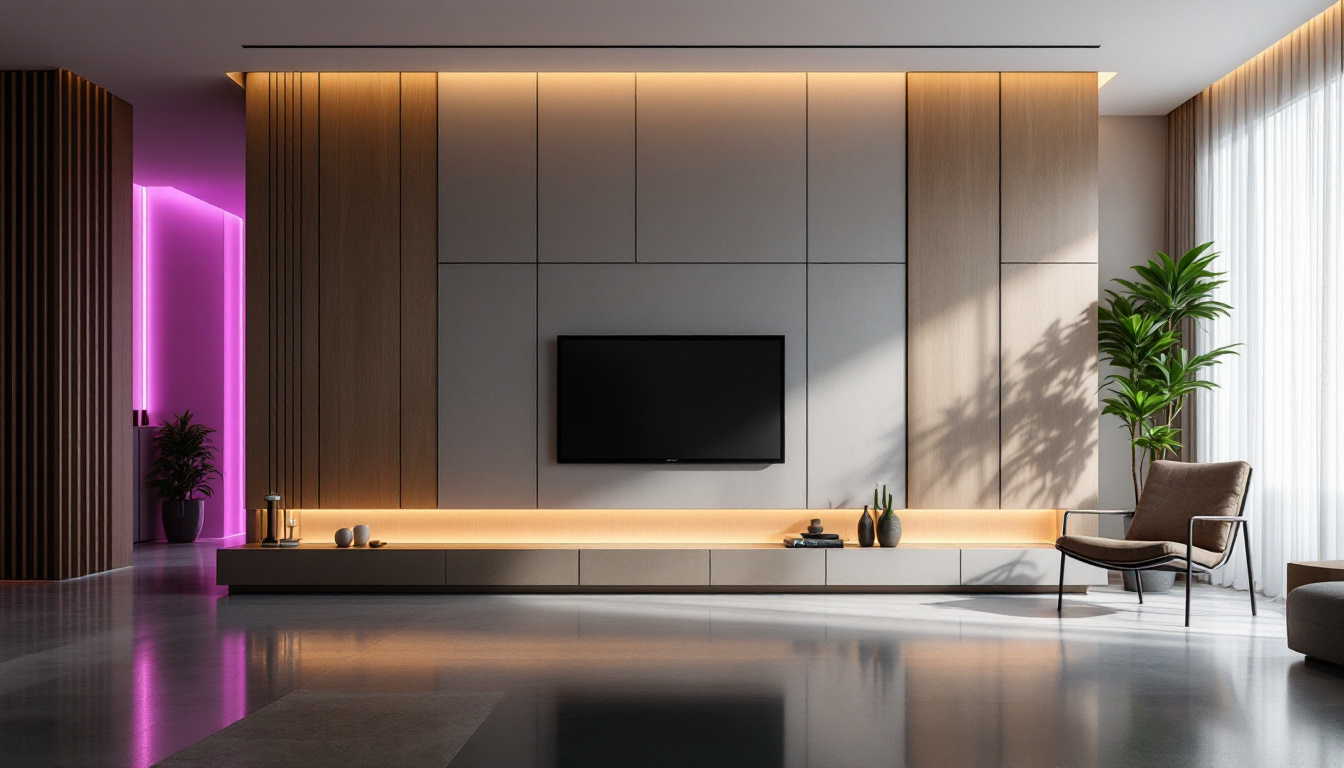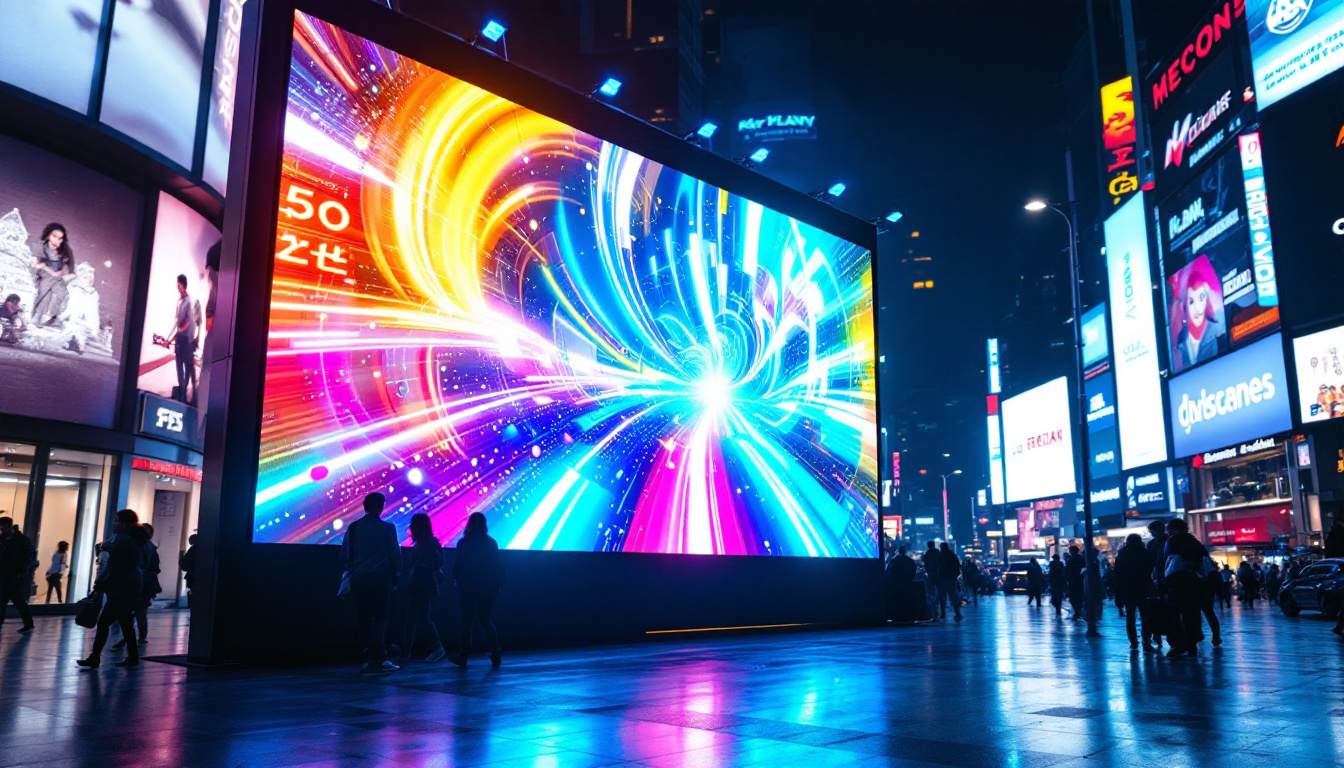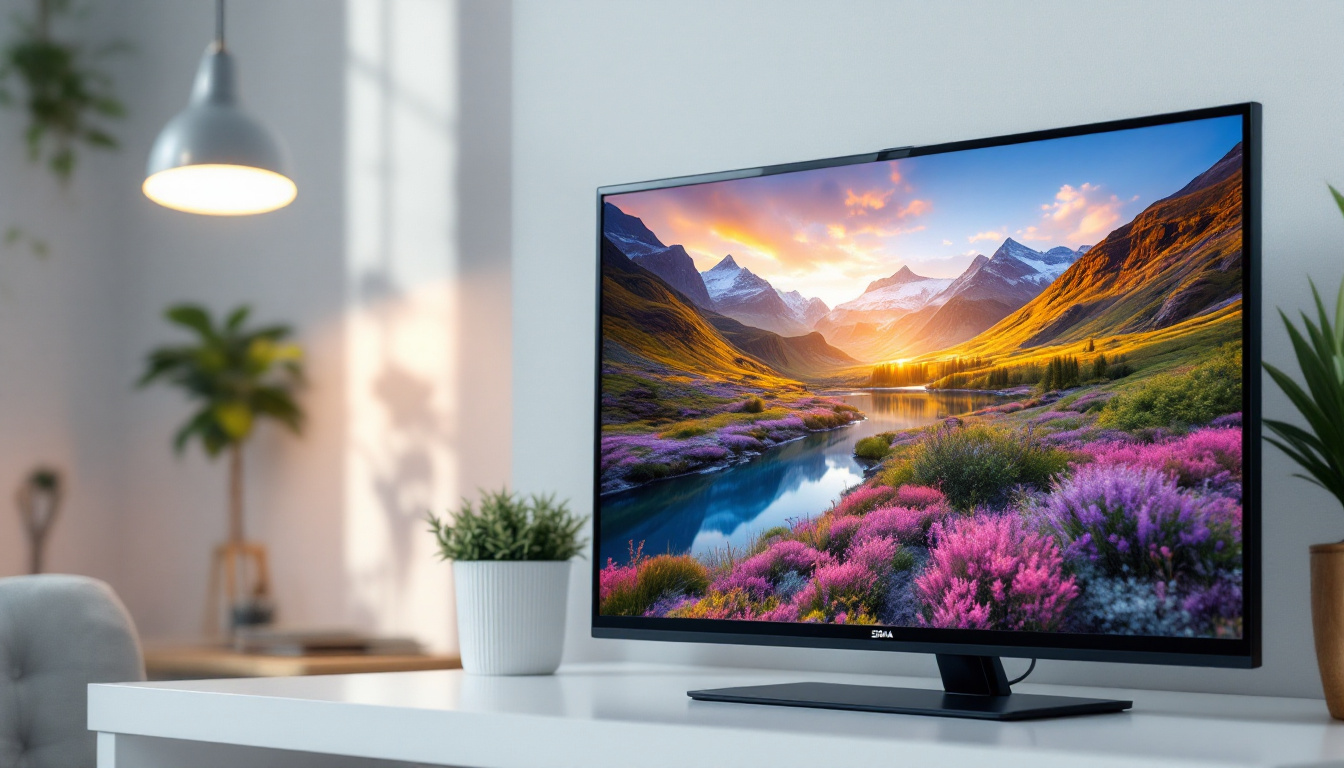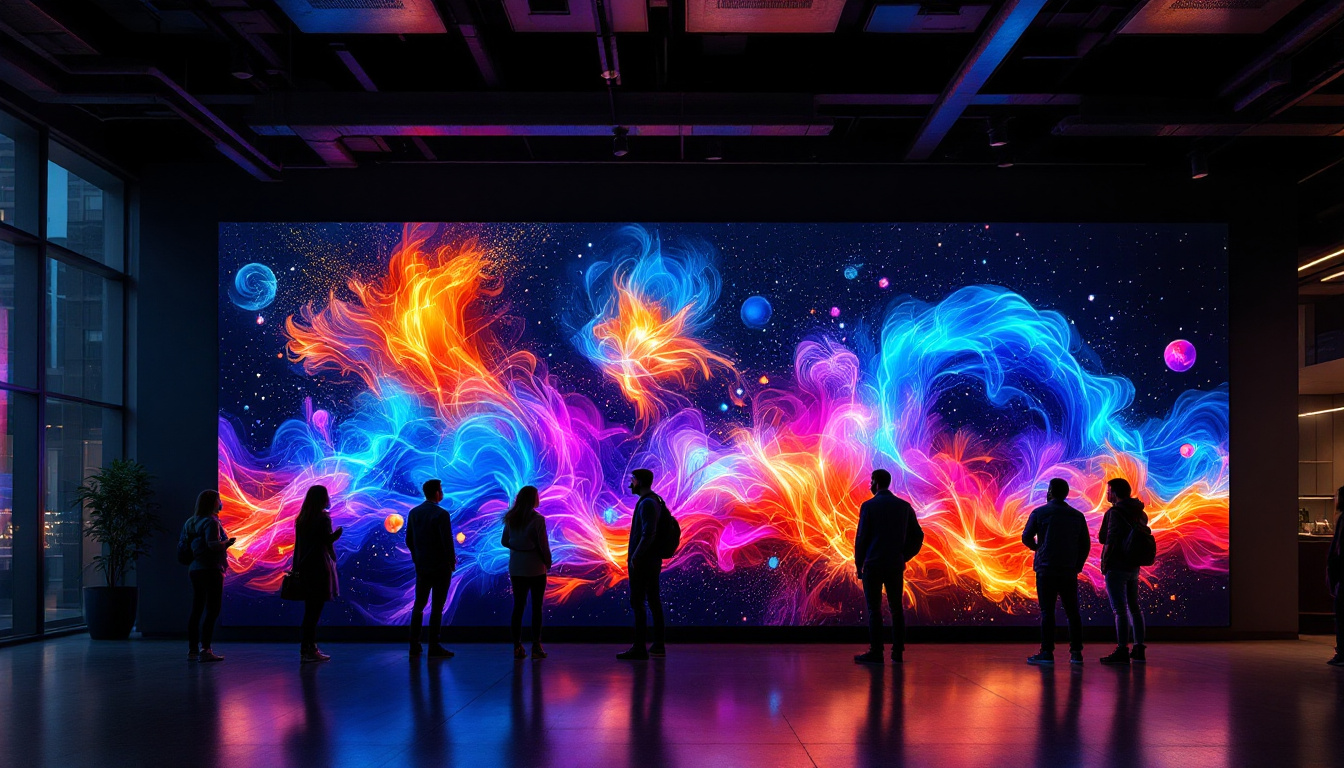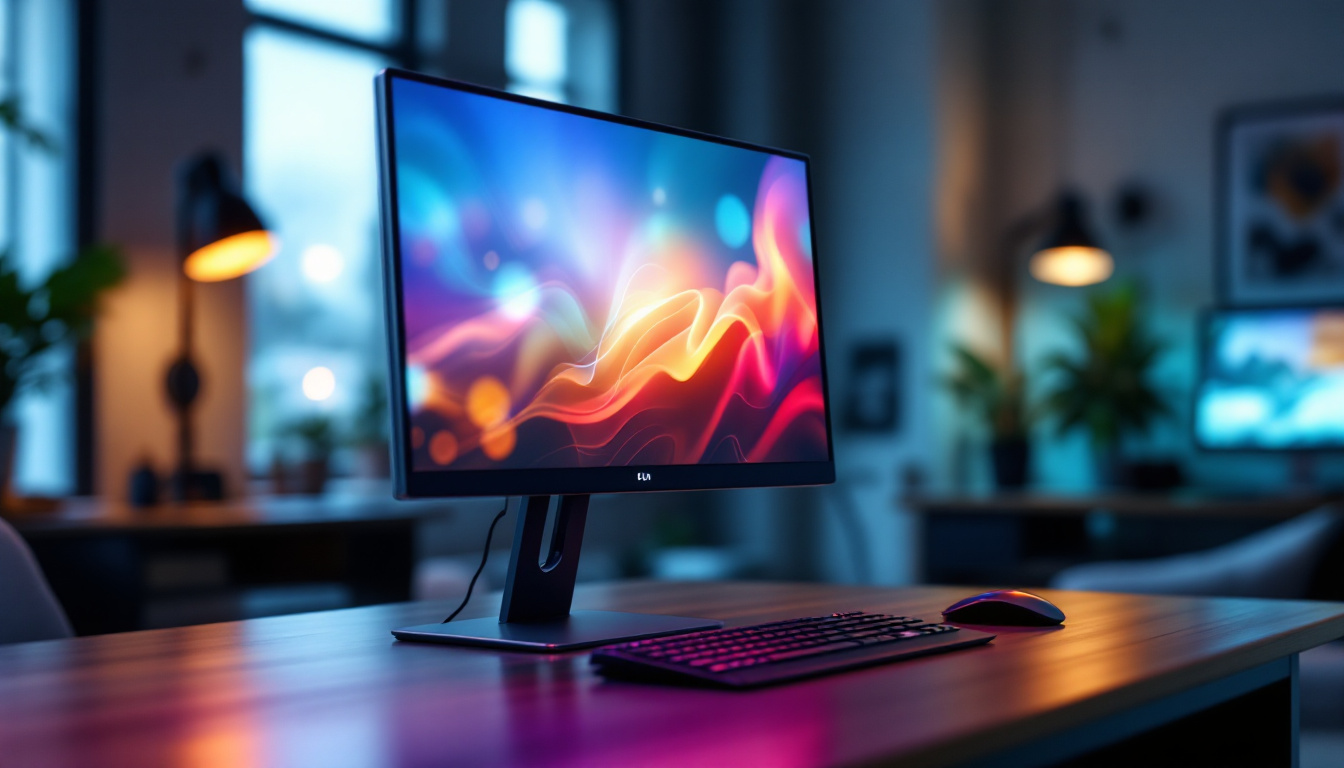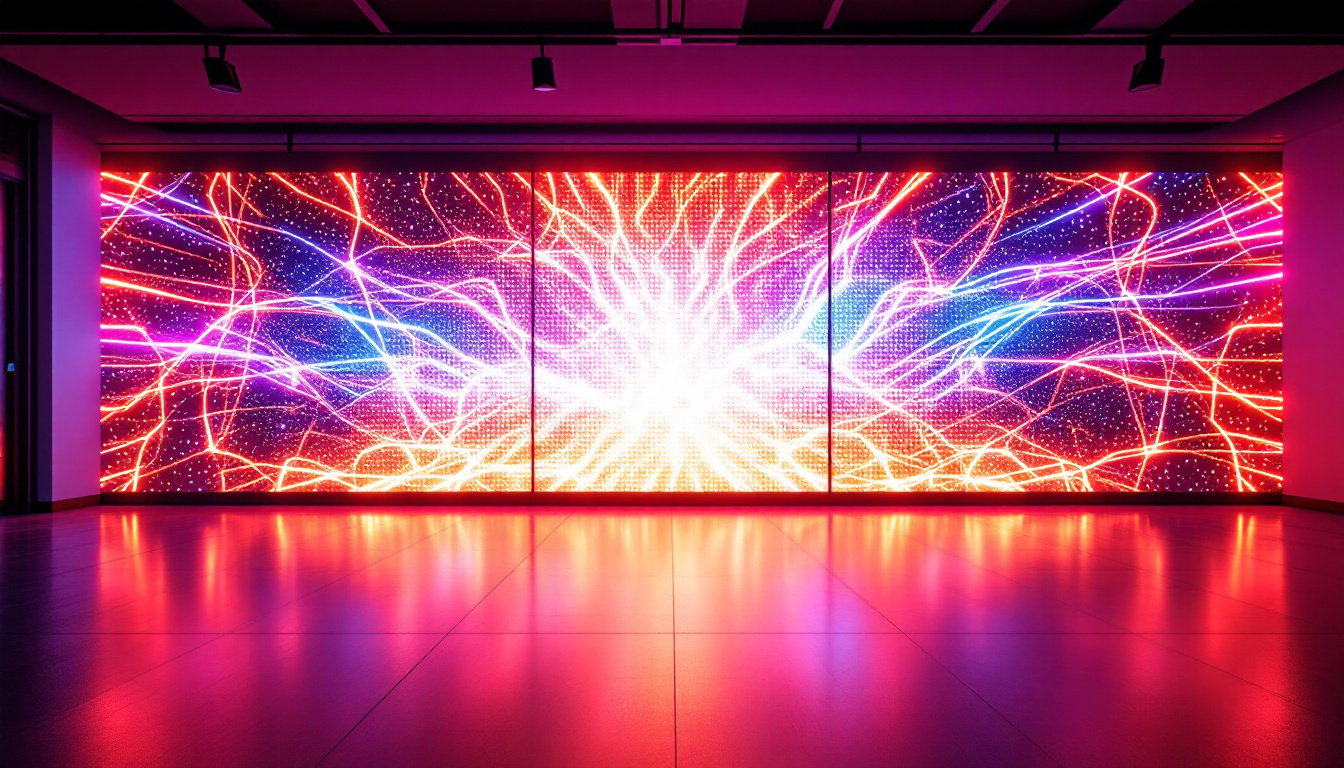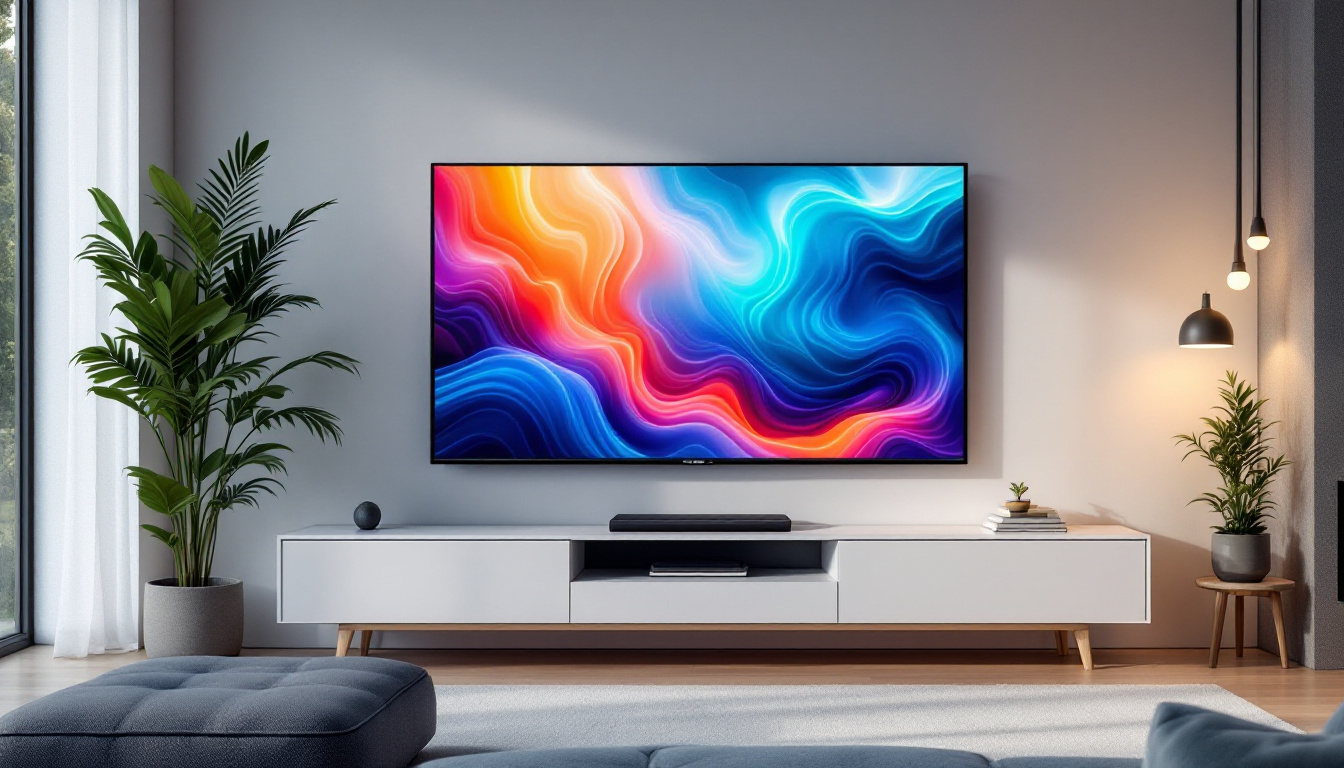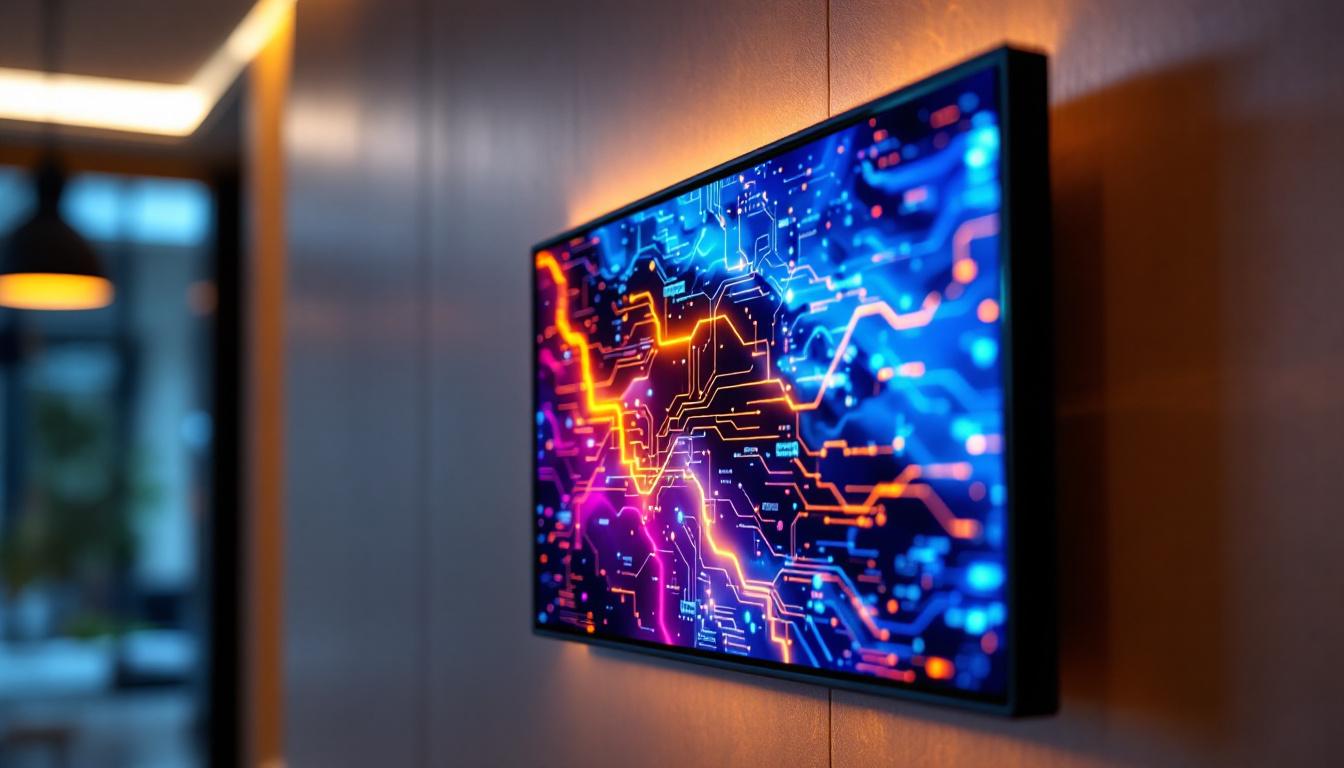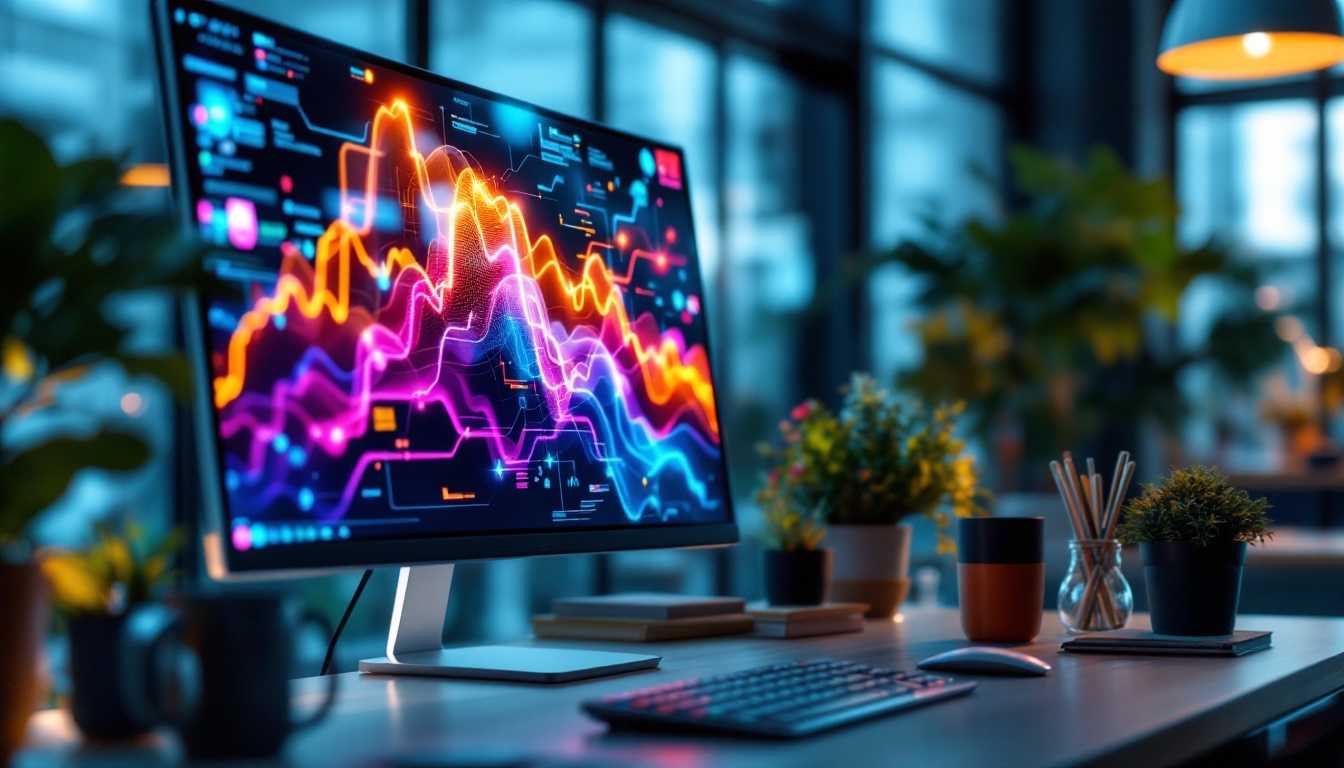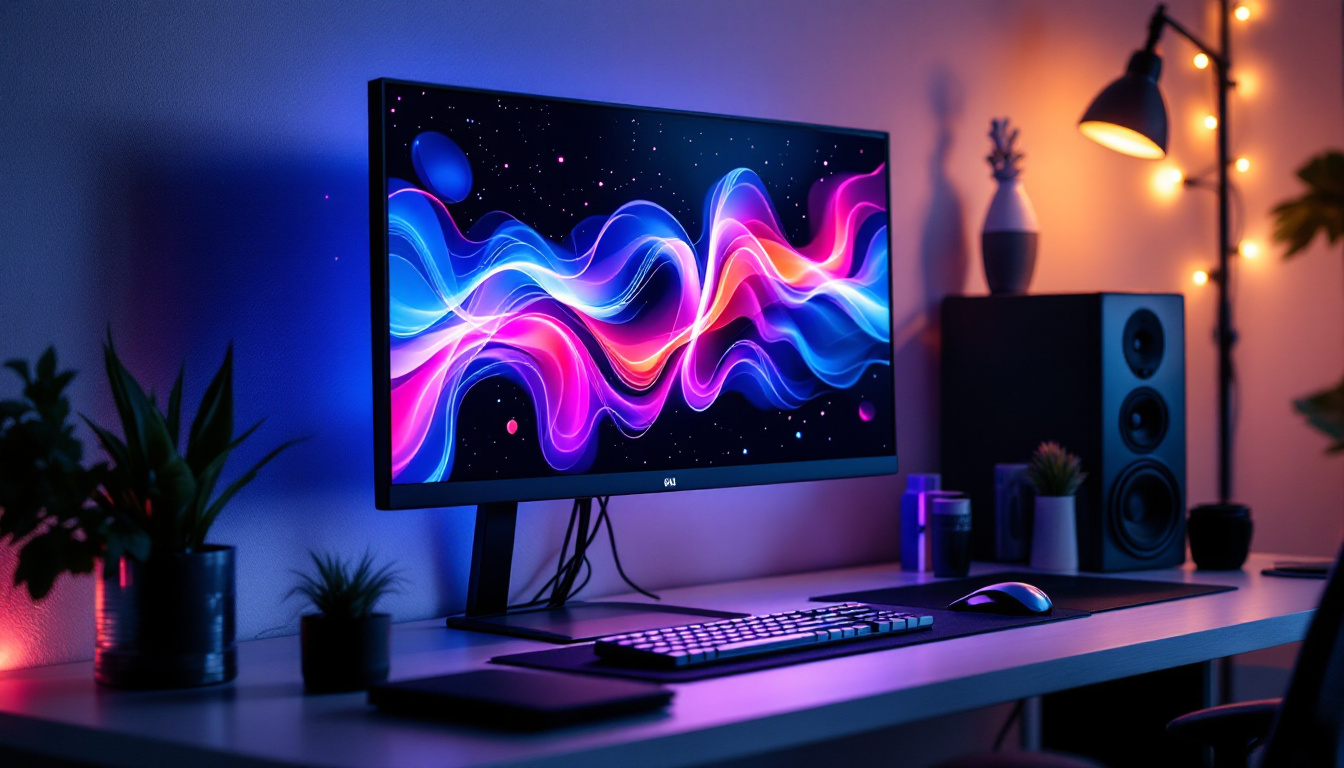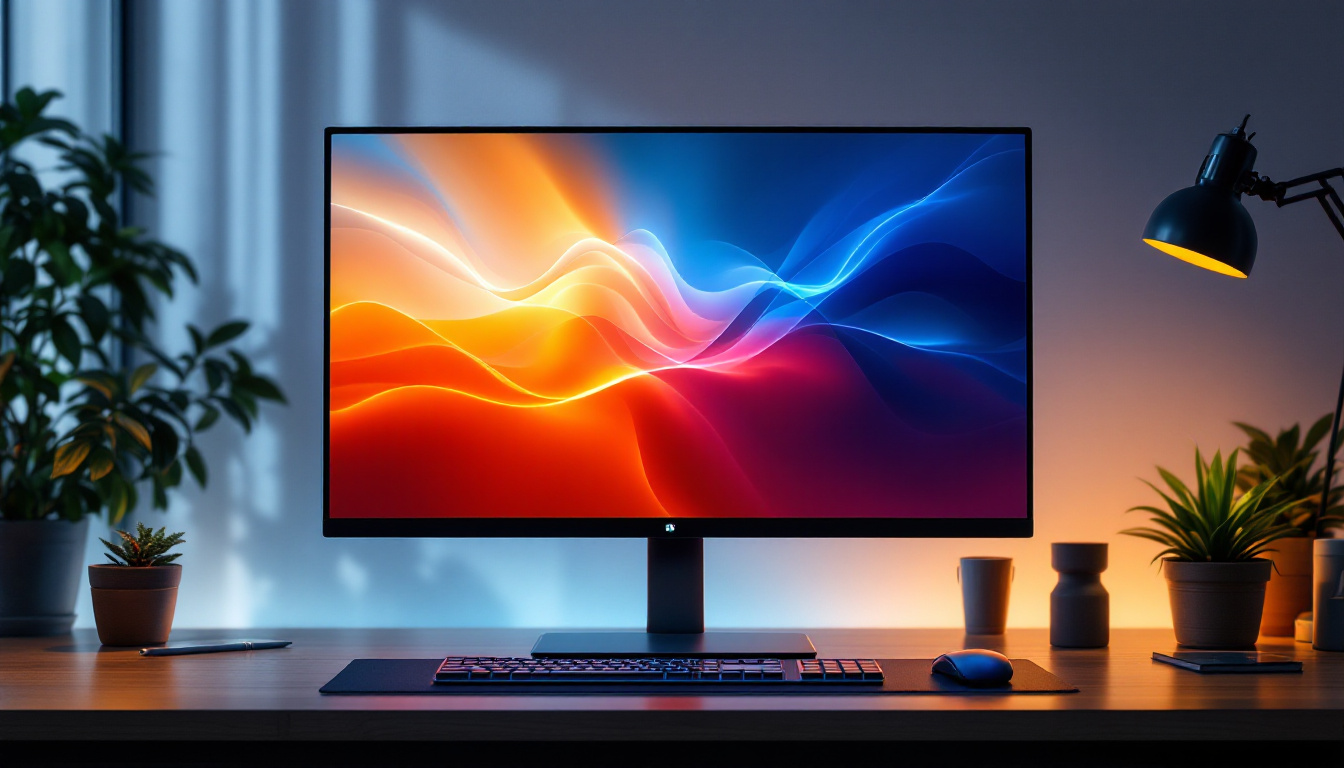PC Touch Screens: LED Display Explained
In the ever-evolving landscape of technology, PC touch screens have emerged as a significant innovation, enhancing user interaction and experience. The integration of LED displays into touch screen technology has further revolutionized the way users engage with their devices. This article delves into the intricacies of PC touch screens, focusing on LED display technology, its advantages, and its applications.
Understanding Touch Screen Technology
Touch screen technology has transformed the way people interact with computers and other devices. By allowing direct interaction with the display, touch screens eliminate the need for traditional input devices such as keyboards and mice. This intuitive form of interaction has made technology more accessible and user-friendly. As a result, touch screens have become ubiquitous in various sectors, including education, healthcare, and retail, where they facilitate a more engaging and interactive user experience.
Types of Touch Screen Technology
There are several types of touch screen technologies available today, each with its unique characteristics and applications. The most common types include resistive, capacitive, and infrared touch screens.
- Resistive Touch Screens: These screens consist of multiple layers that register touch through pressure. They are highly durable and can be used with various input methods, including fingers and styluses. This makes them particularly suitable for environments where users may be wearing gloves or where the screen may be exposed to harsh conditions.
- Capacitive Touch Screens: Utilizing the electrical properties of the human body, capacitive screens are more responsive and offer better clarity. They are commonly found in smartphones and tablets. Their ability to recognize multi-touch gestures has also paved the way for innovative applications, such as pinch-to-zoom and swipe functionalities, which have become standard in modern user interfaces.
- Infrared Touch Screens: These screens use infrared light beams to detect touch. They are often used in larger displays, such as kiosks and interactive whiteboards. The absence of a physical layer on the screen allows for a more seamless and unhindered viewing experience, making them ideal for public displays and collaborative environments.
The Role of LED Displays in Touch Screens
LED (Light Emitting Diode) displays have become the standard for modern touch screens due to their superior brightness, energy efficiency, and color accuracy. Unlike traditional LCDs, LED displays provide a more vibrant and dynamic visual experience. This advancement in display technology has significantly improved the way users interact with touch screens, as the clarity and responsiveness of the display directly influence user satisfaction and engagement.
LED technology enhances the touch screen experience by offering better contrast ratios and faster response times. This makes them ideal for applications that require quick interactions, such as gaming, graphic design, and data visualization. Furthermore, the longevity and durability of LED displays contribute to their widespread adoption in commercial settings, where screens are often in use for extended periods. As touch screen technology continues to advance, innovations such as flexible LED displays and transparent screens are emerging, promising to redefine how we perceive and interact with digital content in the future.
Advantages of LED Touch Screens
LED touch screens come with a plethora of advantages that make them a preferred choice for both consumers and businesses. Understanding these benefits can help in making informed decisions when selecting a touch screen device.
Enhanced Visual Quality
One of the most significant advantages of LED displays is their enhanced visual quality. The brightness and color depth provided by LED technology ensure that images and text appear sharp and clear, even in well-lit environments. This is particularly beneficial for applications requiring detailed visuals, such as graphic design and video editing. Additionally, LED touch screens often support a wider color gamut, allowing for more vibrant and true-to-life colors, which is essential for professionals in fields like photography and digital art. The high contrast ratios also contribute to a more immersive viewing experience, making them ideal for multimedia presentations and interactive displays.
Energy Efficiency
LED displays are known for their energy efficiency. Compared to traditional LCDs, they consume less power while delivering superior performance. This not only reduces electricity costs but also contributes to a more sustainable environment, making LED touch screens an eco-friendly choice. Furthermore, the lower heat generation of LED screens means that they require less cooling, which can lead to additional savings on air conditioning and overall energy consumption in commercial settings. As businesses increasingly prioritize sustainability, the energy-efficient nature of LED technology aligns well with corporate responsibility goals.
Durability and Longevity
Another notable advantage of LED touch screens is their durability. LED technology is less susceptible to damage from impacts and environmental factors, leading to a longer lifespan. This makes them an excellent investment for businesses that require reliable technology for everyday use. Moreover, many LED touch screens are designed with protective coatings that resist scratches and fingerprints, ensuring that the display remains pristine even with frequent use. This durability is particularly advantageous in high-traffic areas, such as retail environments and public kiosks, where the screens are subjected to constant interaction. The robust nature of LED touch screens not only reduces replacement costs but also minimizes downtime, allowing businesses to maintain seamless operations.
Applications of PC Touch Screens with LED Displays
The versatility of PC touch screens equipped with LED displays allows them to be utilized across various sectors. From education to healthcare, the applications are vast and varied.
Education
In educational settings, LED touch screens have transformed traditional teaching methods. Interactive whiteboards and smart boards equipped with touch technology enable educators to engage students more effectively. These tools facilitate collaborative learning, allowing students to interact with content directly. Moreover, the integration of multimedia resources such as videos, animations, and interactive quizzes enhances the learning experience, catering to different learning styles. Teachers can also track student progress in real-time, making it easier to identify areas where additional support may be needed.
Healthcare
In the healthcare industry, touch screens with LED displays are increasingly used for patient management systems and diagnostic tools. Medical professionals can quickly access patient records, view imaging results, and input data with ease, improving efficiency and accuracy in patient care. Furthermore, these displays are instrumental in telemedicine, allowing healthcare providers to conduct remote consultations with patients. The intuitive interface of touch screens also helps reduce the learning curve for staff, ensuring that they can focus more on patient care rather than navigating complex software.
Retail and Hospitality
Retail environments have also embraced touch screen technology. Point-of-sale systems with LED displays provide customers with an interactive shopping experience. In hospitality, touch screens are used for self-service kiosks, allowing guests to check in and access information seamlessly. Additionally, these systems can be integrated with loyalty programs, enabling customers to track rewards and receive personalized offers based on their shopping habits. The ability to display high-resolution images and videos on LED screens further enhances product visibility, enticing customers and driving sales. As a result, businesses are not only improving customer satisfaction but also streamlining operations and reducing wait times.
Choosing the Right PC Touch Screen
When selecting a PC touch screen, several factors should be considered to ensure the best fit for specific needs. Understanding these factors can help individuals and businesses make informed choices.
Screen Size and Resolution
The size and resolution of a touch screen are crucial for determining its usability. Larger screens with higher resolutions provide better visibility and allow for more content to be displayed simultaneously. This is particularly important for applications that require detailed visuals or multitasking capabilities.
Touch Sensitivity and Response Time
Touch sensitivity refers to how quickly and accurately a screen registers touch. A responsive touch screen enhances user experience, especially in applications requiring quick interactions. Look for screens with high response rates to ensure smooth operation.
Connectivity Options
Different touch screens offer various connectivity options, such as USB, HDMI, or wireless connections. Consider the compatibility of the touch screen with existing devices and systems to ensure seamless integration.
Future Trends in Touch Screen Technology
The future of touch screen technology, particularly with LED displays, is poised for exciting developments. Innovations are continuously emerging, promising to enhance user experience further and expand applications.
Advancements in Display Technology
As technology advances, new display technologies such as OLED (Organic Light Emitting Diode) are gaining traction. OLED displays offer even better color accuracy and contrast compared to traditional LED displays. This could lead to more immersive experiences in gaming and multimedia applications.
Integration with Artificial Intelligence
Another trend is the integration of artificial intelligence (AI) with touch screen technology. AI can enhance user interaction by providing personalized experiences, predictive text, and voice recognition capabilities. This integration could revolutionize how users interact with their devices, making technology even more intuitive.
Increased Adoption in Various Industries
As touch screen technology becomes more affordable and accessible, its adoption across various industries is expected to rise. From smart homes to automotive applications, the potential for touch screens with LED displays is vast, paving the way for innovative solutions.
Conclusion
PC touch screens with LED displays represent a significant advancement in technology, offering enhanced user experiences across various applications. The advantages of LED technology, including improved visual quality, energy efficiency, and durability, make it a compelling choice for consumers and businesses alike.
As technology continues to evolve, the future of touch screens looks promising, with advancements in display technology and AI integration on the horizon. Understanding the intricacies of touch screen technology will empower users to make informed decisions, ensuring they harness the full potential of this innovative technology.
In summary, whether for educational purposes, healthcare, retail, or personal use, PC touch screens with LED displays are set to play a pivotal role in shaping the way individuals interact with technology. Embracing this technology can lead to more efficient, engaging, and enjoyable experiences.
Discover the Future of Visual Engagement with LumenMatrix
Ready to elevate your interactive experiences with the latest in LED display technology? LumenMatrix is at the forefront of innovation, offering a wide array of LED display solutions that bring your content to life. From captivating Indoor LED Walls to dynamic Outdoor LED Displays, and from versatile Vehicle LED Displays to sleek LED Poster Displays, our products are designed to make a lasting impression. Embrace the future with LumenMatrix’s LED Sports Displays, interactive Floor LED Displays, and the stunning clarity of our Custom and All-in-One LED Displays, including the cutting-edge LED Transparent Display. Don’t miss the opportunity to transform your visual communication. Check out LumenMatrix LED Display Solutions today and share your message with the world like never before.


